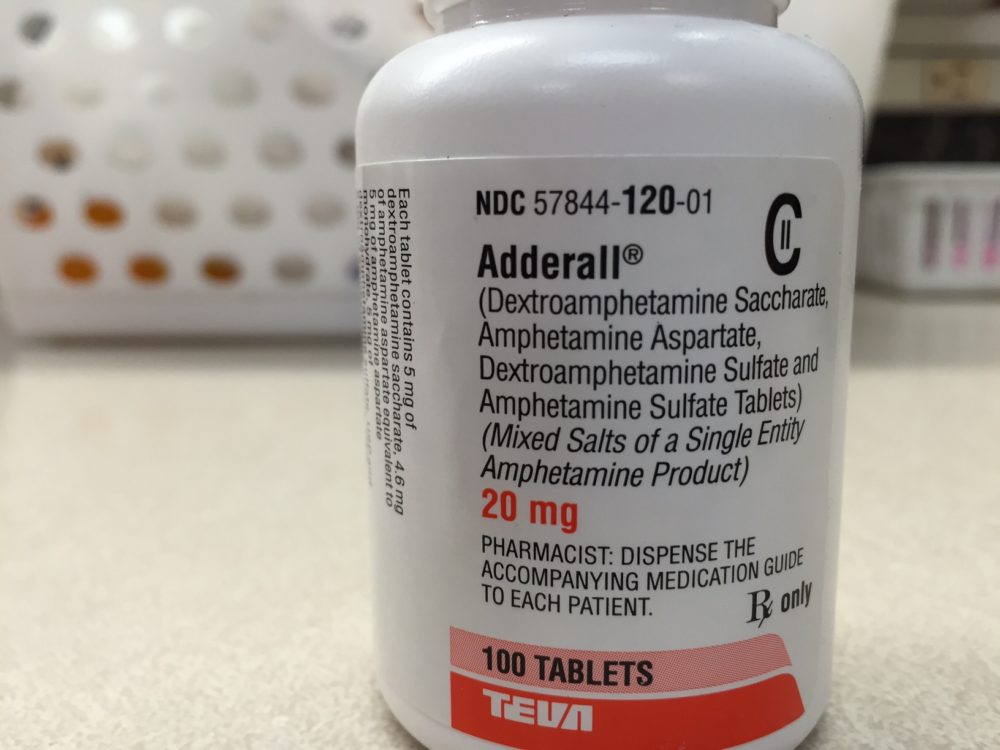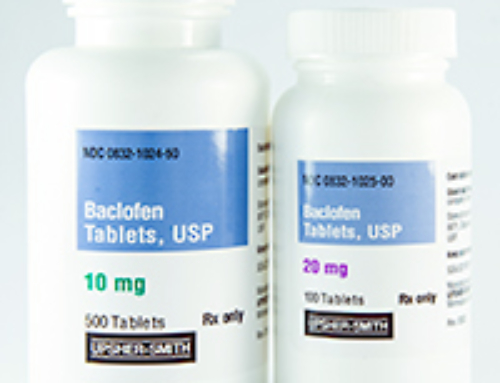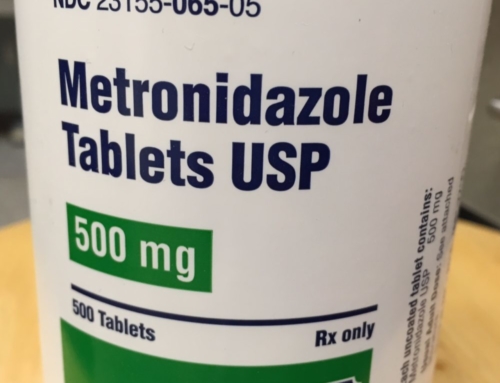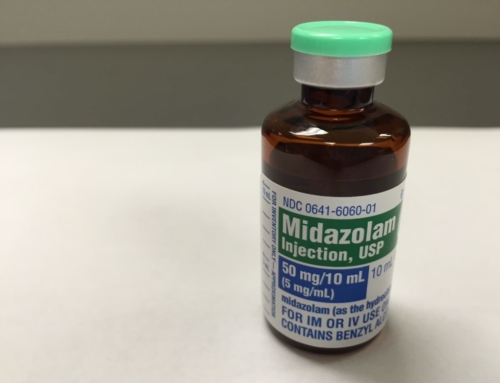If you have any reason to suspect your pet has ingested something toxic, please contact your veterinarian or one of the other resources listed:
• ASPCA Animal Poison Control Center 24-hour hotline at (888) 426-4435
• Pet Poison Helpline® 24-hour animal poison control service at (855) 764-7661
Amphetamines

Accidental ingestion, and intoxication, of amphetamines is common in pets, particularly those in households with ADHD children. This drug classification includes both prescription medications such as Adderall and illegal drugs such as methamphetamine and ecstasy.
It is important to keep all medications out of your pets’ reach. It also recommended that you keep your pets medications away from those of the human family in order to prevent medication errors.
Signs and symptoms of toxicity: agitation, increased heart rate, panting, tremors, increased body temperature, and seizures. Signs may be seen within minutes or up to several hours following ingestion.
Toxic consumption: For dogs, the lethal oral dose ranges from 10-23 mg per kg of body weight.
| X-Small Yorkie, Chihuahua |
Small Pug, Boston Terrier, Poodle |
Medium Beagle, Scottish Terrier |
Large Boxer, Cocker Spaniel |
X-Large Retriever, German Shepherd |
XX-Large Great Dane, St. Bernard |
| 1 – 10 lbs. (0.45 – 4.6 kg) |
11 – 25 lbs. (5 – 11.4 kg) |
26 – 40 lbs. (11.8 – 18.2 kg) |
41 – 70 lbs. (18.6 – 31.8 kg) |
71 – 90 lbs. (32.3 – 40.9 kg) |
91 – 110 lbs. (41.4 – 50 kg) |
 |
 |
 |
 |
 |
 |
| > 4.5 mg | > 50 mg | > 118 mg | > 186 mg | > 323 mg | > 414 mg |
References:
– Osweiler, G, et al. (2011). Blackwell’s five-minute veterinary consult clinical companion. Small Animal Toxicology. [Kindle version]. Retrieved from Amazon.com
– Plumb DC. Plumb’s Veterinary Drug Handbook, 6th ed. Ames, IA: Wiley-Blackwell, 2008.
– image: http://msnbcmedia.msn.com/i/MSNBC/Components/Video/121018/tdy_college_adderall_121018.jpg
Pet Poison Control is provided free as a public service by the American College of Veterinary Pharmacists. Today we’re asking you to support us with a small donation. If you would like to dedicate your gift in honor or memory of a pet or individual, you will have that option before checkout. Your gift of any amount helps us maintain this resource and make it available to the pharmacy and veterinary communities. Thank you!





